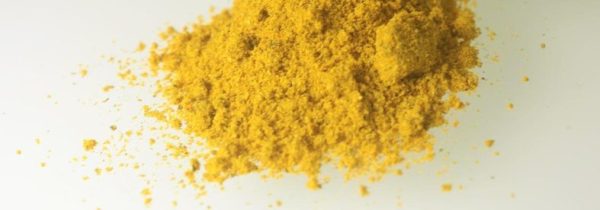Commonly used sulfur in the rubber industry includes sulfur powder, insoluble sulfur, and colloidal sulfur. Sulfur powder is obtained by crushing and screening mineral sulfur blocks and is widely used in the rubber industry. Insoluble sulfur is the product of thermal polymerization of ordinary sulfur, also known as polymerized sulfur. Its biggest advantage is that rubber added with insoluble sulfur is not easy to bloom. Colloidal sulfur is a paste made by grinding sulfur powder with a dispersant and is mainly used in latex products.
Sulfur is the most widely used vulcanizing agent (cross-linking agent) in rubber. It can cross-link rubber polymer molecular chains to form a continuous three-dimensional network. As the structure changes, the properties of rubber also change. It no longer flows under heat, is no longer soluble in organic solvents, and its strength and hardness increase. Its tear strength, fatigue resistance and wear resistance, aging resistance and chemical stability increased.
1. Determination of sulfur content in rubber
Quantitative determination of sulfur is necessary for the analysis and interpretation of rubber formulations.
The amount of sulfur used and the type of cross-links formed determine the physical properties of the vulcanized rubber. By measuring the sulfur content in vulcanized rubber, not only can the content of effective sulfur (bound sulfur) be determined, but also the vulcanization system used can be known: ordinary sulfur vulcanization system, effective vulcanization system, semi-effective vulcanization system, peroxide vulcanization system, Which of the peroxide-sulfur composite vulcanization systems?
During cross-linking (vulcanization), the sulfur in the vulcanized rubber reacts with the unsaturated bonds in the rubber to form various types of cross-linking bonds. However, some sulfur also exists in unreacted form, which is called free sulfur. Total sulfur is the most commonly used expression. It is the total sulfur content in rubber, including added sulfur and sulfur in raw materials, including free sulfur and combined sulfur.
There are several methods for measuring sulfur. Their principle is the oxidation of sulfur atoms into sulfur dioxide or sulfate.
2. Total sulfur and combined sulfur
Total sulfur is all the sulfur in the rubber. Bound sulfur refers to sulfur that has been chemically bonded to rubber or other organic components through the vulcanization process and cannot be extracted with solvents. Total sulfur content was measured using unextracted samples. Bound sulfur was determined using extracted samples.
Elemental analyzer. Elemental analyzers can measure not only sulfur, but also nitrogen, carbon, hydrogen and oxygen levels. The sample is burned in an oxygen environment above 1200°C, and the gases generated by combustion are directed into the detector. The most commonly used detectors are thermal conductivity detectors or infrared absorption detectors. Detection limits depend on sample type and detector type.
In the laboratory, the most commonly used method is the oxygen bottle combustion method. The oxygen bottle combustion method can determine the sulfur content in rubber except barium sulfate. The sample is first packed into sulfide-free ashless paper and burned in a special flask under an oxygen atmosphere. Combustion products are absorbed with dilute hydrogen peroxide. The generated sulfur dioxide is absorbed and oxidized to form sulfate. Sulfate can be determined gravimetrically, by precipitation of soluble barium salts, or volumetrically, or by titration using an automatic titrator.
The melting method is suitable for determining the total sulfur and combined sulfur content in the sample when there are acid-soluble barium salts, antimony sulfide or inorganic lead compounds in the rubber.
3. Free sulfur
Free sulfur is sulfur in rubber that is not bound to polymer molecules and can be further vulcanized and sulfur that can be extracted by sodium sulfite.
For the determination of free sulfur in vulcanized rubber, the conventional method is the sulfite method. A rubber sample is heated with a sodium sulfite solution and the free sulfur reacts with the sulfite to form thiosulfate, which is measured by iodometric titration. Use formalin to remove excess unreacted sulfite. This method gave good results in the analysis of rubber without sulfur-containing accelerators. In the presence of sulfur-containing accelerators, the results were high; in some cases the method was not even able to accurately determine the titration endpoint.

